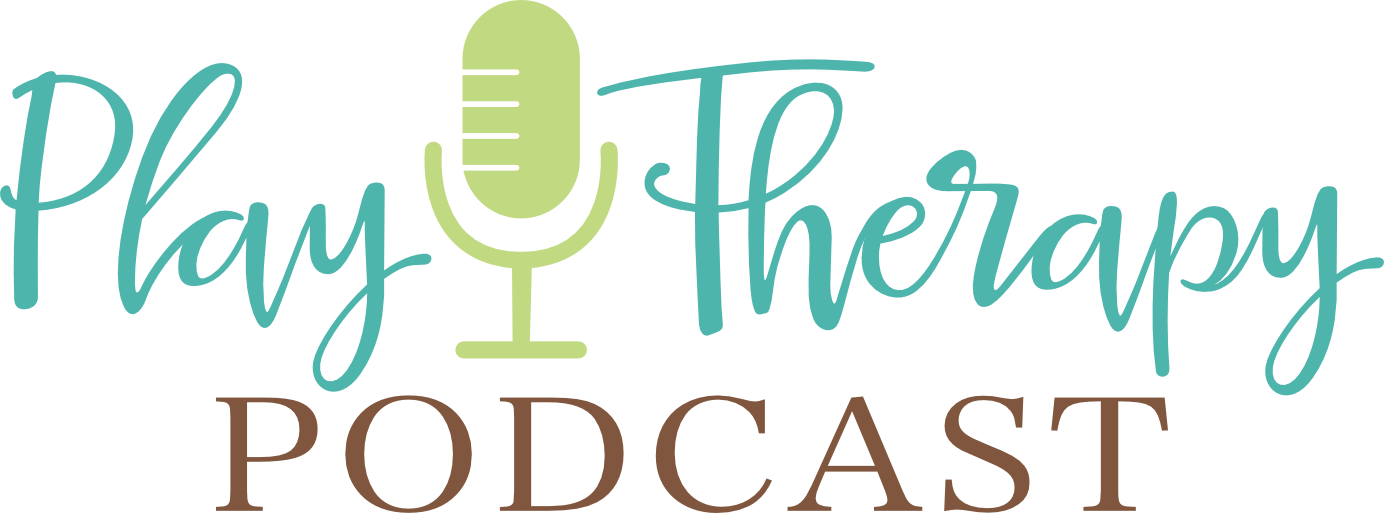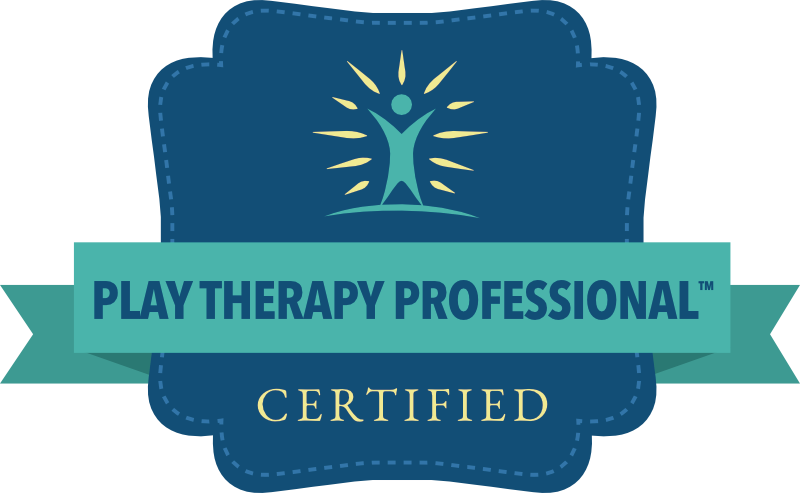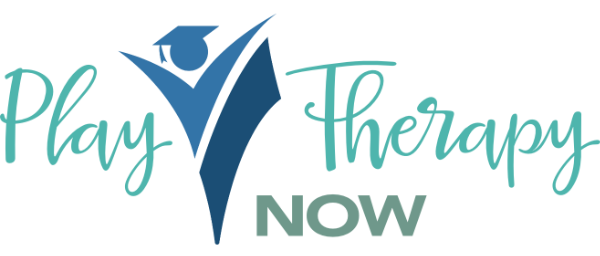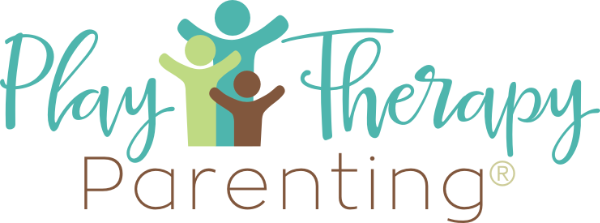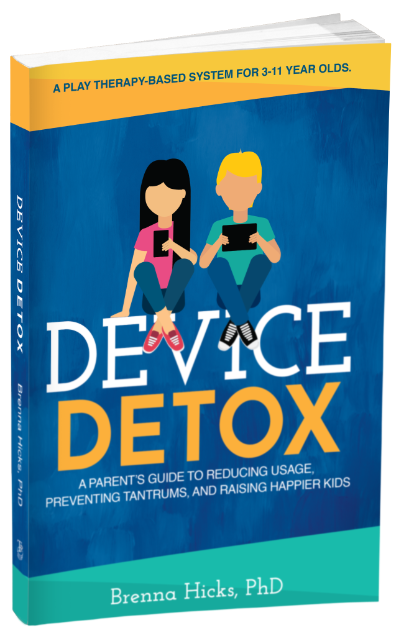How Child-Centered Principles Transformed My Art Classroom: Gabby’s Transformation Story
In this episode, I shared an inspiring email from Gabby, an art teacher in South Africa who has been applying child-centered play therapy principles in her classroom. Gabby stumbled upon my podcast “by accident” and found that the CCPT approach deeply resonated with her teaching style and beliefs about working with children.
By implementing CCPT techniques like giving choices, limit-setting, reflecting feelings, and following the child’s lead, Gabby has seen incredible transformations in her students and the overall classroom dynamic. Disruptive behaviors have diminished, the kids are developing greater emotional vocabularies and exhibiting more compassion for one another. Gabby beautifully captured the essence of CCPT when she wrote “I just have to hold the space, pay attention and follow where they’re going.”
Gabby’s story is a powerful testament to the effectiveness of child-centered principles, not just in the therapy playroom, but in any environment where adults interact with kids, like classrooms. Her experience shows that when we treat children with unconditional positive regard, respect their agency and feelings, and focus on the relationship above all else, they thrive. I’m so grateful that Gabby took the time to share her experience with me and allow me to share it with all of you. I hope it inspires you as much as it did me!
Sign up for my exclusive newsletter at playtherapynow.com. Stay ahead with the latest CCPT CEU courses, personalized coaching opportunities and other opportunities you need to thrive in your CCPT practice!
Ask Me Questions: Call (813) 812-5525, or email: [email protected]
Brenna’s CCPT Hub: https://www.playtherapynow.com
CCPT Collective (online community exclusively for CCPTs): https://ccptcollective.com
Podcast HQ: https://www.playtherapypodcast.com
APT Approved Play Therapy CE courses: https://childcenteredtraining.com
Twitter: @thekidcounselor https://twitter.com/thekidcounselor
Facebook: https://facebook.com/playtherapypodcast
The Power of Child-Centered Play Therapy: Transforming Lives in the Classroom and Beyond
I’m thrilled to share another transformative story with you today. In this episode, we’ll explore how the principles of Child-Centered Play Therapy (CCPT) can make a profound impact not only in the therapy playroom but also in the classroom.
Gabby’s Story: A Serendipitous Discovery
Recently, I received an email from Gabby, an art teacher in South Africa. Gabby shared that she stumbled upon my podcast “quite by accident” and felt an instant connection with the CCPT approach. She wrote, “When I started listening, I felt that I’d come home. It all made such sense to me, and a whole lot of things that I do and believe fell into place.”
Implementing CCPT Principles in the Classroom
Although Gabby isn’t a play therapist, she found that her teaching style was already quite aligned with CCPT principles. However, having the right words, structure, and insight has revolutionized her classroom. She has seen a huge difference in her students simply by giving them choices and helping them feel more in control.
The Magic of Limit-Setting and Reflecting Feelings
Gabby has also found success with limit-setting, stating, “I find I no longer have to use the word ‘no’ or ‘don’t,’ which automatically gives children something to push back against. ‘Tables are not for climbing on’ is so clear and neutral and calm that I find the kids get it immediately, and it makes sense to them.”
Furthermore, reflecting feelings has created a phenomenal sense of flow in the classroom as the children direct the process. Gabby beautifully captured the essence of CCPT when she wrote, “I just have to hold the space, pay attention, and follow where they’re going.”
The Ripple Effect: Emotional Vocabulary and Compassion
Interestingly, Gabby noticed that reflecting the feelings of one child seems to help the others in the class develop a vocabulary of emotions and understand each other better. There appears to be a greater sense of compassion among the students as a result.
A Light Bulb Moment: The Power of Choice
Gabby shared a specific instance where she offered a disruptive student a choice: “You can choose to settle down and do art, or you can choose to go and sit with the principal.” She described it as a light bulb moment for the child, who made direct eye contact with her and said, “Oh, of course, I choose to stay here.” His behavior was perfectly acceptable for the rest of the session.
Art Play for Kids: Boosting Confidence and Resilience
Inspired by her success with CCPT principles, Gabby is starting a program called “Art Play for Kids,” which aims to boost confidence and help with inner resilience by giving children the chance to express themselves through non-verbal play. Although it’s not therapy, Gabby is confident that the tools she’s learned will make a difference in kids’ lives.
Conclusion: The Far-Reaching Impact of CCPT
Gabby’s story is a powerful testament to the effectiveness of child-centered principles, not just in the therapy playroom, but in any environment where adults interact with kids. When we treat children with respect, understanding, and unconditional positive regard, we create a foundation for them to thrive. As Gabby so eloquently put it, “It’s not just a tool that makes my life as a teacher better. It helps the kids be actively involved in what’s happening in the classroom.”
I am deeply grateful for Gabby’s willingness to share her experience and for the countless others who have witnessed the transformative power of CCPT in various settings. If you have a story to share, please don’t hesitate to reach out. Together, we can continue to make a difference in the lives of children and families worldwide.
